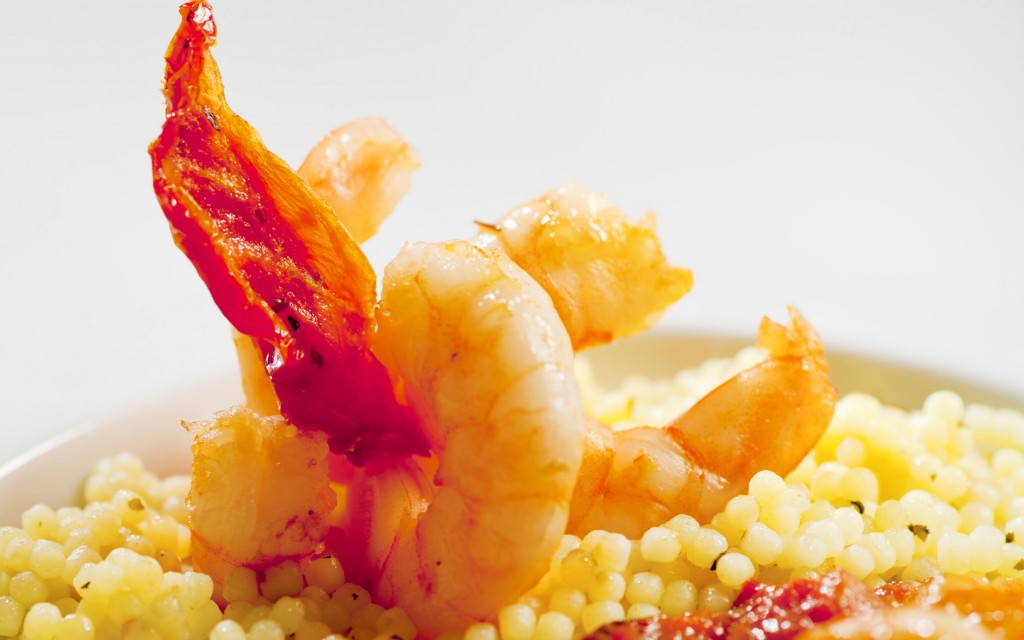The Canal du Midi is considered one of greatest...
paris
I swear I had the best of intentions, and...
Bresse chicken is one of those seemingly mythological creatures...
Needless to say my vegan, raw food diet has...
From The French Laundry to France: I’m digging the...
The banks of the River Seine in Paris might...
I love the James Bond films  – even the...
There are many ways to cross the River Seine,...
I don’t know anything about Gilles Vidal except that...
Air France is already known for pampering passengers with a certain...
Many home cooks get gun-shy when it comes to...
You love designer duds, covet a closet full of...
Just in time for Halloween, Paris is suffering a...




















